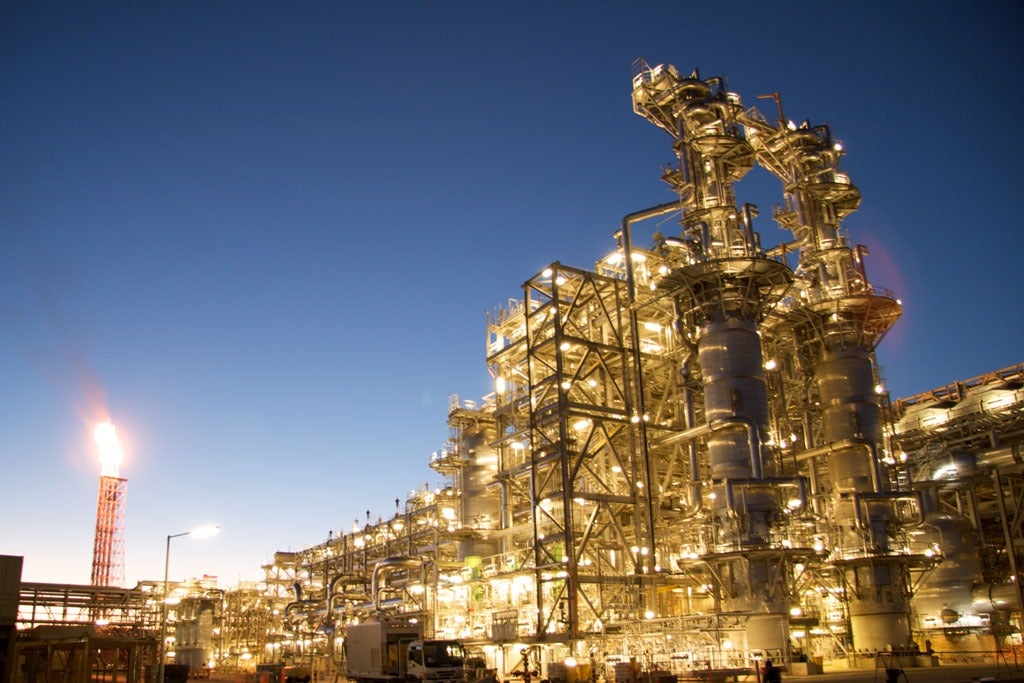
The US will account for the majority of global oil supply growth through to 2025 as its shale industry continues its inexorable expansion, predicts the International Energy Agency (IEA).
Its Oil 2019 report forecasts a rapid transformation of global oil markets over the next six years, during which America will export more oil than Russia and draw closer than ever before to Saudi Arabia.
Global oil demand growth will start to ease across the world, predominantly due to a slowdown in China, though it will maintain an annual average increase of 1.2 million barrels per day (mb/d) as the IEA foresees no imminent peak in demand.
“The second wave of the US shale revolution is coming,” said Dr Fatih Birol, executive director of the Paris-based autonomous intergovernmental organisation.
“It will see the US account for 70% of the rise in global oil production and some 75% of the expansion in LNG trade over the next five years.
“This will shake up international oil and gas trade flows, with profound implications for the geopolitics of energy.
“These are extraordinary times for the oil industry as geopolitics become a bigger factor in the markets and the global economy is slowing down.
“Everywhere we look, new actors are emerging and past certainties are fading – this is the case in both the upstream and the downstream sector.
“And it’s particularly true for the US, which is by far the stand-out champion of global supply growth.”
Here we break down the IEA’s report and analyse its most salient findings.

Non-OPEC countries to play key role in global oil growth
The US will continue to dominate oil supply growth in the medium term following its rapid 2018 expansion which saw it reach a record total liquids production of 2.2 mb/d.
A host of nations outside of the Organization of the Petroleum Exporting Countries (OPEC) bloc will also make key contributions on top of America’s projected 4 mb/d, however.
Brazil, Canada, Norway and Guyana will provide 2.6 mb/d between them over the next five years, while the combined output of all non-OPEC countries is to total 6.1 mb/d over the next five years.
Meanwhile, Iraq and the United Arab Emirates are the only OPEC countries with plans for significant capacity additions.
In addition, various sanctions and political upheaval in Iran and Venezuela has led to dramatic reductions in capacity in those countries, meaning the total production from OPEC will fall by 0.4 mb/d by 2024.
No peak in sight for oil demand
Oil demand is historically linked to global economic strength, which has led many experts to predict a dip in its growth given the implications of ongoing events like the trade war between the US and China, as well as Brexit.
However, the IEA predicts oil demand will continue to grow in spite of the global threats to international trade – though at a compromised rate.
It grounds this assertion in the continued expansion of developing countries around the world, with major world economies such as China and India to account for 44% of the 7.1 mb/d growth in global demand expected between now and 2024.
China, in particular, is set to drive demand as its GDP has more than doubled over the past decade, while its average income levels have risen rapidly as consumers’ reliance on oil has grown at a commensurate rate.
India, meanwhile, has only a fifth of China’s GDP per capita, but is expected to match it for oil demand growth by 2024.

More upstream investment needed
Though the IEA is confident the US will lead oil demand growth over the next five years, it maintains the reservation that substantial investment will be needed to ensure adequate spare production capacity.
“While US production growth has exceeded expectations, we cannot be complacent about investment levels towards the end of our forecast period and beyond,” its report reads.
Its analysis considered the rates of oil field decline across the globe and concluded that in order to maintain production rates, the equivalent of the North Sea’s output will be needed to be offset each year.
The current signs are encouraging, however, as 2019 upstream investment is to rise for the third year in a row, according to the preliminary plans announced by various major oil and gas companies.
Indeed, investments in conventional assets are on track to increase faster than those for the shale industry for the first time since 2015.
Petrochemicals and jet fuel driving global oil demand
Despite worldwide efforts to curtail plastic consumption, consumer demand continues to increase, carrying petrochemical use up along with it.
The IEA has identified more than 50 major projects in the US and China due to come onstream between now and 2024, combining for a total addition to global oil consumption of more than 2 mb/d.
Additionally, rising passenger numbers have seen the aviation sector experience a period of rapid growth over the past few years, boosting demand for jet fuel.
Asia will account for 75% of the growth in this area, with India seeing the fastest rate of growth per year at 8.2%.




